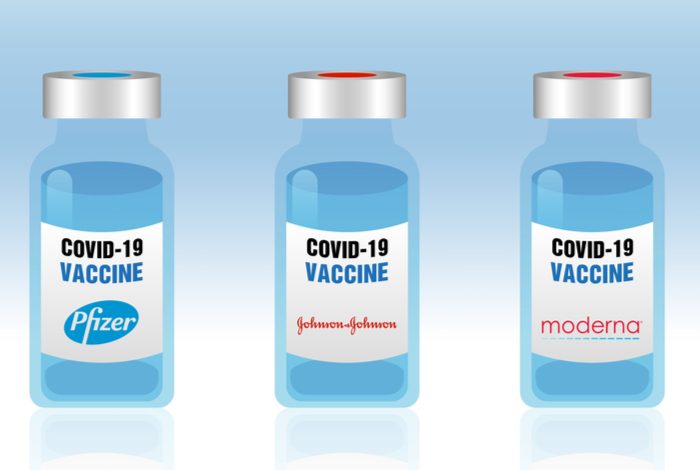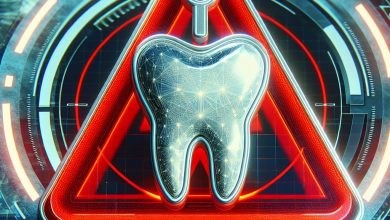
Johnson & Johnson’s vaccine is the third vaccine approved for use in the US. While all three vaccines vary slightly, health officials encourage eligible individuals to take the first vaccine available to them. The Centers for Disease Control and Prevention assure that the vaccines have been held to the same rigorous safety standards as any vaccine developed in the past.
Table of Contents
Comparisons Between J&J, Pfizer, and Moderna’s Vaccine
While the development of the third vaccine brings in more ammo against the fight against COVID-19, there are still many questions regarding how the vaccine stacks up against Pfizer and Moderna’s candidate. For starters, multiple organizations and medical experts have vouched for the vaccines’ safety. The CDC recommends citizens get whichever vaccine they can first.
Age Limits, Doses, and Efficiency
- Pfizer: 16 years and older. Requires two shots 21 days apart. Clinical trials show 95% effectiveness in COVID-19 prevention.
- Moderna: 18 years and older. Requires two shots 28 days apart. Clinical trials show 94% effectiveness in COVID-19 prevention. Individuals who get either of the two-dose vaccines need to get the same vaccine for their second dose. While the second dose can be given up to six weeks after the first dose, the shot cannot be administered before the recommended timeline.
- Johnson & Johnson: 18 years and older. Single-dose shot, clinically proven to be 67% effective in COVID-19 prevention. The vaccine was also proven to be about 85% effective at preventing critical COVID-19 infections starting about 28 days after vaccination.
How are the vaccines stored?
- Both Pfizer and Moderna offer mRNA vaccines, which don’t inject live viruses but instead give the body instructions on how to make a protein to induce an immune response virus. All mRNA vaccines need to be stored at below-freezing temperatures.
- Johnson & Johnson’s vaccine is a viral vector vaccine that injects a harmless adenovirus, which has a small piece of its genetic instructions replaced with COVID-19 spike protein. Unlike the mRNA vaccine, the vector technology doesn’t require below-freezing temperatures. J&J’s doses can be stored between 47 degrees Fahrenheit and 77 degrees Fahrenheit for up to 12 hours.
Possible Side Effects
- Pfizer’s shot could cause side effects, such as site pain, muscle pain, fatigue, nausea, headaches, fever, feeling unwell and small rashes.
- Moderna’s shot is reported to cause pain, swelling or redness at the injection site, fatigue, headache, muscle pain, joint pain, nausea, chills, and vomiting, and fever. Experts say that most patients experience short-term side effects that indicate that the vaccine is working and creating an immune response.
- Johnson & Johnson’s vaccine could trigger side effects within a few days of getting the shot. Patients report pain at the injection site, headache, fatigue, muscle aches, and nausea.
What to do if you get exposed to COVID-19 after being vaccinated?
Two weeks after receiving the full dosage of the vaccine, individuals are considered immune and no longer required to quarantine when exposed to the virus. However, individuals who are not fully vaccinated, including those in between their two doses, are required to get tested and quarantine if exposed to COVID-19. Masks and social distancing measures are still recommended even after vaccination.
How much does it cost to get vaccinated?
All COVID-19 vaccines are bought with U.S. taxpayer money, they will be administered to anyone willing to get vaccinated free of charge. For insured individuals, a provider could bill the insurance company a fee to administer the shot.





Leave a Reply
Thank you for your response.
Please verify that you are not a robot.